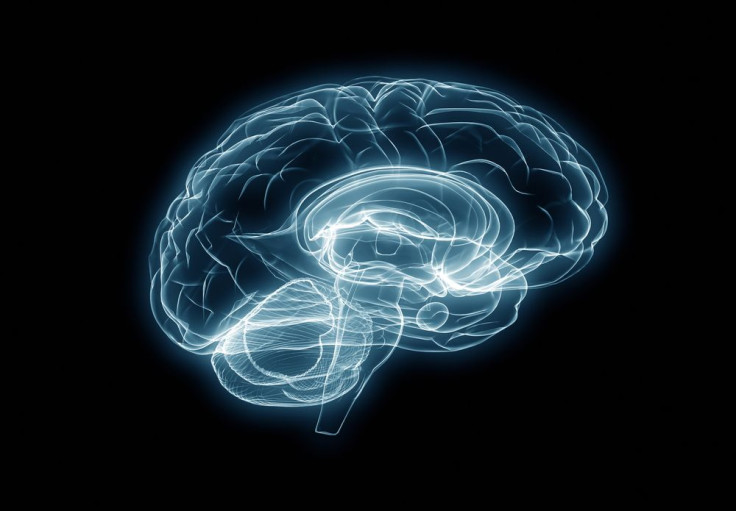Intellectual Disability May Be Caused By Mutation Of Key Brain Gene

Intellectual disabilities afflict about four percent of newborns worldwide. Now researchers in Australia believe they're onto the genetic culprit. Known as TUBB5, its mutation during pregnancy has now been linked to a brain disorder called microcephaly, which causes children to be born with abnormally small heads.
Scientists first discovered that mutated TUBB5 genes may cause microcephaly in 2012 by manipulating brain development in unborn mice. They also examined three child patients with microcephaly. In a new study, published today in the journal Human Molecular Genetics, the authors build upon the 2012 research, discovering the first direct evidence that the gene causes microcephaly in three human patients.
The work could have implications for disorders more common than microcephaly, such as autism or schizophrenia. "TUBB5 works like a type of scaffolding inside neurons, enabling them to shape their connections to other neurons, so it's essential for healthy brain development," said Dr. Julian Heng, of the Australian Regenerative Medicine Institute at Monash University, in a statement. "If the scaffolding is faulty, in this case of TUBB5 mutates, it can have serious consequences."
In 2012, David Keays, of the Research Institute of Molecular Pathology, discovered that when he and his colleagues mutated TUBB5 in mice, it impaired the production of tubulins — the scaffolding that helps build normal neural pathways. Without them, the brain development of the unborn mice were impaired, resulting in fewer neurons in the wrong places.
Two years later, Heng and his team say they have ruled out other causes of microcephaly in three unrelated children with the disorder. They also are suggesting more confidently that further research of TUBB5 could yield far-reaching knowledge about developmental disorders. Still, much is unkown. For instance, although they know the gene is related to the construction of neuron pathways, they don't know what exactly it does.
"We're just at the beginning of this work but if we can understand why and how mutations occur to TUBB5, we may even be able to repair these mutations," Heng said. "In the future, we believe this work will enable us to develop new therapies to transform people's lives."
Source: Heng J, Ngo L, Haas M, et al. TUBB5 and its disease-associated mutations influence the terminal differentiation and dendritic spine densities of cerebral cortical neurons. Human Molecular Genetics. 2014.



























